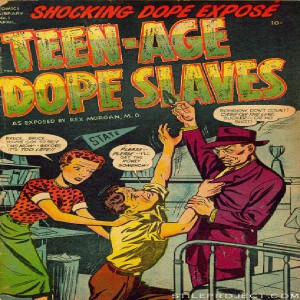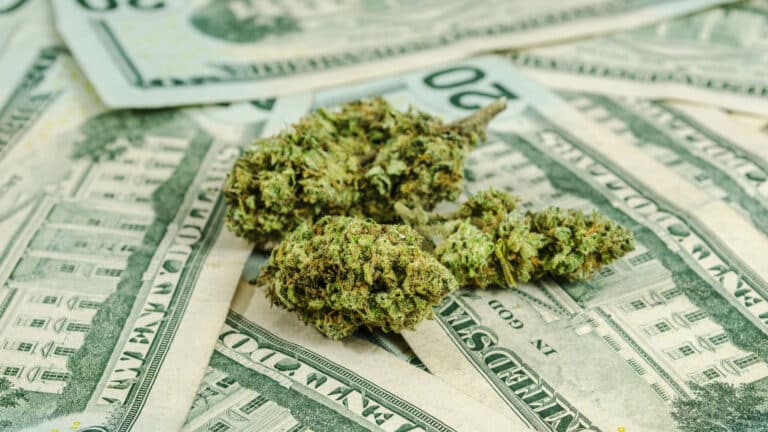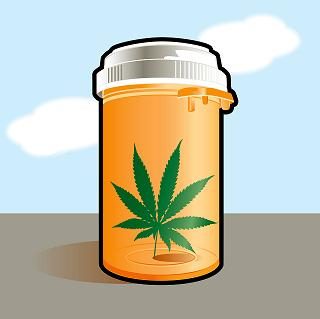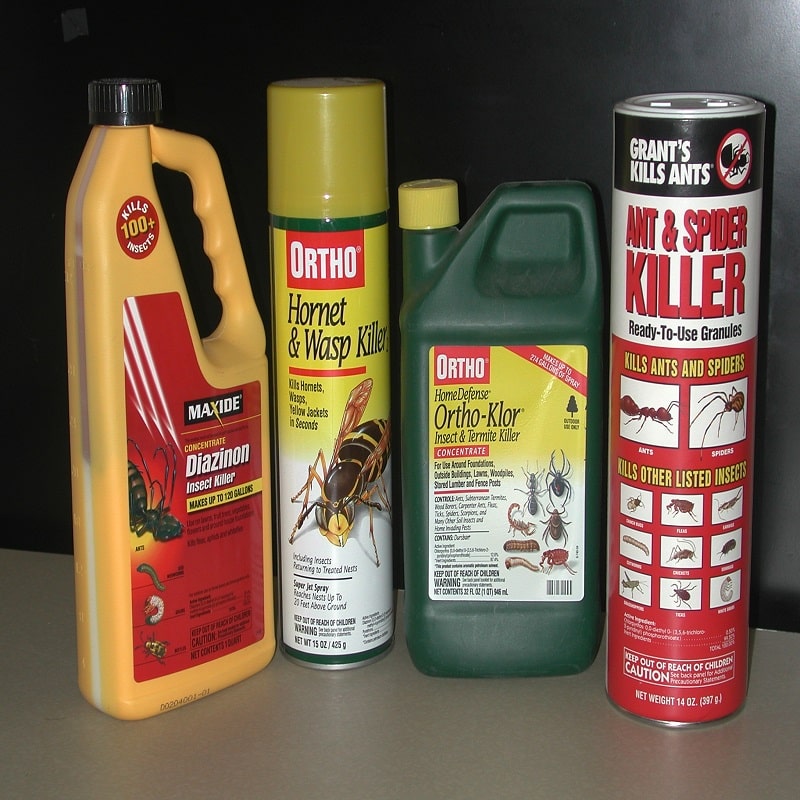 A survey of more than 216,000 adolescents from all 50 states indicates the number of teens with marijuana-related problems is declining. Similarly, the rates of marijuana use by young people are falling despite the fact more U.S. states are legalizing or decriminalizing marijuana use and the number of adults using the drug has increased.
A survey of more than 216,000 adolescents from all 50 states indicates the number of teens with marijuana-related problems is declining. Similarly, the rates of marijuana use by young people are falling despite the fact more U.S. states are legalizing or decriminalizing marijuana use and the number of adults using the drug has increased.
Researchers at Washington University School of Medicine in St. Louis examined data on drug use collected from young people, ages 12 to 17, over a 12-year span. They found that the number of adolescents who had problems related to marijuana — such as becoming dependent on the drug or having trouble in school and in relationships — declined by 24 percent from 2002 to 2013.
Over the same period, kids, when asked whether they had used pot in the previous 12 months, reported fewer instances of marijuana use in 2013 than their peers had reported in 2002. In all, the rate fell by 10 percent.
Those drops were accompanied by reductions in behavioral problems, including fighting, property crimes and selling drugs. The researchers found that the two trends are connected. As kids became less likely to engage in problem behaviors, they also became less likely to have problems with marijuana.
The study’s first author, Richard A. Grucza, PhD, an associate professor of psychiatry, explained that those behavioral problems often are signs of childhood psychiatric disorders.
“We were surprised to see substantial declines in marijuana use and abuse,” he said. “We don’t know how legalization is affecting young marijuana users, but it could be that many kids with behavioral problems are more likely to get treatment earlier in childhood, making them less likely to turn to pot during adolescence. But whatever is happening with these behavioral issues, it seems to be outweighing any effects of marijuana decriminalization.”
The new study is published in the June issue of the Journal of the American Academy of Child & Adolescent Psychiatry.
The data was gathered as part of a confidential, computerized study called the National Survey on Drug Use and Health. It surveys young people from different racial, ethnic and income groups in all 50 states about their drug use, abuse and dependence.
In 2002, just over 16 percent of those 12 to 17 reported using marijuana during the previous year. That number fell to below 14 percent by 2013. Meanwhile, the percentage of young people with marijuana-use disorders declined from around 4 percent to about 3 percent.
At the same time, the number of kids in the study who reported having serious behavior problems — such as getting into fights, shoplifting, bringing weapons to school or selling drugs — also declined over the 12-year study period.
“Other research shows that psychiatric disorders earlier in childhood are strong predictors of marijuana use later on,” Grucza said. “So it’s likely that if these disruptive behaviors are recognized earlier in life, we may be able to deliver therapies that will help prevent marijuana problems — and possibly problems with alcohol and other drugs, too.”
Source: Eurekalert press release








